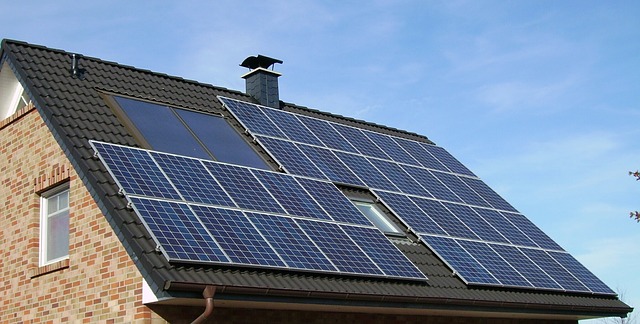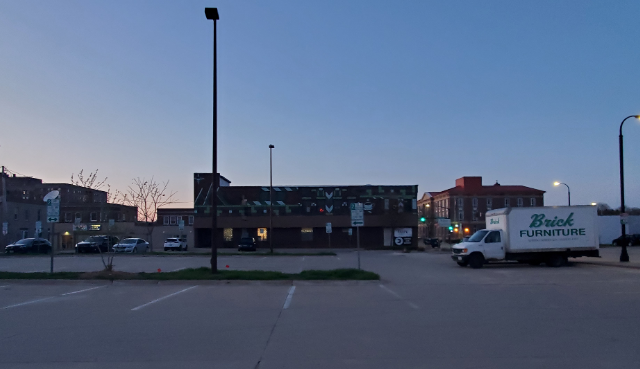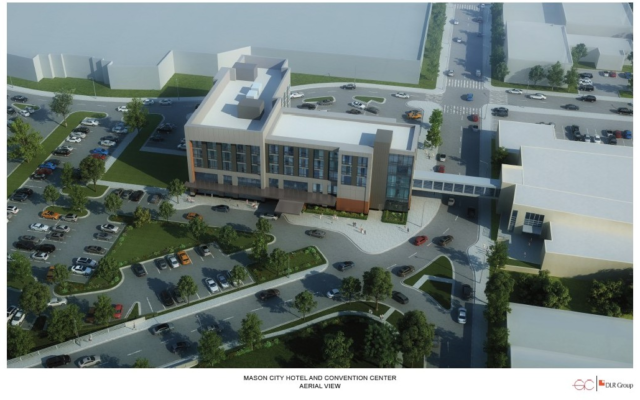ISU gets grant to conduct research on farming on land where solar power is being generated

AMES — Iowa State University researchers are studying an emerging field called agrivoltaics, the practice of farming on land where solar power is being generated.
ISU professor of plant pathology , entomology, and microbiology Matt O’Neal says the team will be planting a variety of fruits and vegetables literally in the shadow of an array of solar panels at a planned site south of Ames. “We’ve selected a mix of perennial and annual crops, strawberries, raspberries, broccoli, tomatoes, and there might be basil in there as well,” O’Neal says. “We picked those because we wanted to see across a range of crops which could deal best with a unique environment.”
ISU has won a four-year, $1.8 million dollar grant from the US Department of Energy to conduct the research on a Story County solar site. Alliant Energy plans to start construction on the 1.35 megawatt solar farm in April through a partnership with Iowa State. Planting won’t likely begin there until the spring of 2024.
It’s a non-traditional setting for a farm, as the sun moves across the sky, plants will repeatedly be going from sun to shade, sun to shade. “It’s going to be more challenging to grow anything under solar panels because we’ve got this infrastructure that’s there for generating electricity, but there could be some upsides,” O’Neal says. “That panel provides shading and it might provide a cooler microclimate so that, come the heat of the summer, some plants might thrive.”
Agrivoltaics holds much promise, he says, as there’s an increasing amount of prime farmland that’s -not- being used for farming because it has solar panels planted instead. “Solar companies are looking for farmers — in some places — to farm there, so that’s an opportunity for new farmers to find land, to find a way to agriculture, especially in Iowa where land values are so high,” O’Neal says. “This might be a way to overcome that barrier, if you’re willing to take on the challenge of growing in a unique situation.”
As solar power becomes cheaper and more lucrative, the industry will continue to gobble up real estate in the coming years. Hundreds of acres of Iowa farmland are already devoted to solar sites. “The one that we’re working at is fairly modest, it’s ten acres, but there will be others in the future that will be hundreds, if not thousands of acres, so there’s going to be more opportunities to explore this practice of farming under solar panels, agrivoltaics,” O’Neal says, “and the research that we’re doing through this public-private partnership, hopefully, will be a foundation for how to do that in a way that’s profitable.”
Because of the solar panels, heavy farming equipment is out, and much of the planting, caretaking, chemical application, irrigation and harvesting will have to be done by hand. O’Neal will also manage honey beekeeping at the site, and they’ll also measure the response from wild, native bees.




